





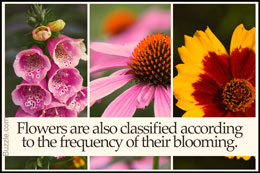 The inspiring beauty of flowers has always fascinated and enthralled people around the globe over the ages. Their beauty lies in their suppleness, their pleasant aroma and their diverse colors. Over the centuries, flowers have always enjoyed a special interest and affection from lovers and poets through gifts and poems. These tranquil beauties have also found a distinctive place in mythology, folklore and religious symbols of different races. Nothing conveys the meaning of love, beauty and pure innocence in quintessence than flowers.Botanically, a flower is a modified, shortened, compacted branch that bears lateral appendages. Sepal, petal, stamen and carpel, the basic floral parts are in fact, greatly modified leaves. Flowers develop from buds in a similar fashion like twigs do. Flowers are a whole host of combinations of form, size, color and anatomical arrangement.There are different parameters used in classification of flowers, which are as follows.Classification According to the Morphology of FlowersThe anatomical arrangement of flowers is known as morphology of flower. Flowers are classified based on their morphology.Sympetalous
The inspiring beauty of flowers has always fascinated and enthralled people around the globe over the ages. Their beauty lies in their suppleness, their pleasant aroma and their diverse colors. Over the centuries, flowers have always enjoyed a special interest and affection from lovers and poets through gifts and poems. These tranquil beauties have also found a distinctive place in mythology, folklore and religious symbols of different races. Nothing conveys the meaning of love, beauty and pure innocence in quintessence than flowers.Botanically, a flower is a modified, shortened, compacted branch that bears lateral appendages. Sepal, petal, stamen and carpel, the basic floral parts are in fact, greatly modified leaves. Flowers develop from buds in a similar fashion like twigs do. Flowers are a whole host of combinations of form, size, color and anatomical arrangement.There are different parameters used in classification of flowers, which are as follows.Classification According to the Morphology of FlowersThe anatomical arrangement of flowers is known as morphology of flower. Flowers are classified based on their morphology.Sympetalous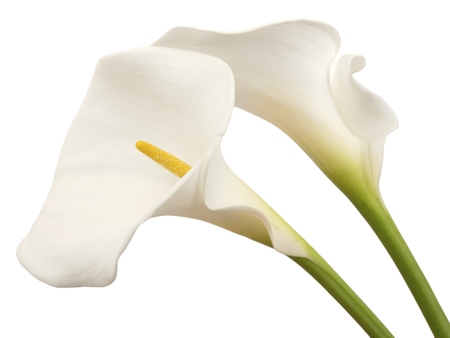 Flowers coming under this group come with their petals joined, partially or fully.Polypetalous
Flowers coming under this group come with their petals joined, partially or fully.Polypetalous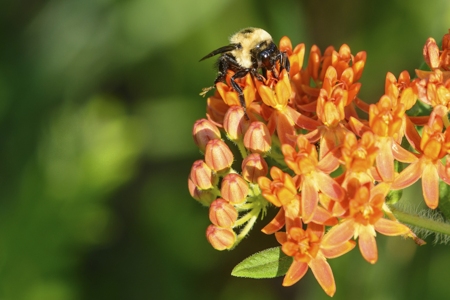 The petals of the flowers coming under this group are not joined. Separate distinct petals can be seen.Actinomorphic
The petals of the flowers coming under this group are not joined. Separate distinct petals can be seen.Actinomorphic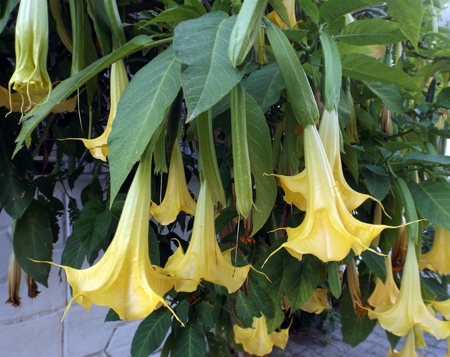 The flowers in this group have characteristic radial symmetry. The flowers can be divided into two identical parts along any imaginary axis through the center. These are further classified as funnel shaped, tubular shaped and campanulate (a bell like shape). Poppy family, cruciform and rose family are few notable examples of actinomorphic morphology.Zygomorphic
The flowers in this group have characteristic radial symmetry. The flowers can be divided into two identical parts along any imaginary axis through the center. These are further classified as funnel shaped, tubular shaped and campanulate (a bell like shape). Poppy family, cruciform and rose family are few notable examples of actinomorphic morphology.Zygomorphic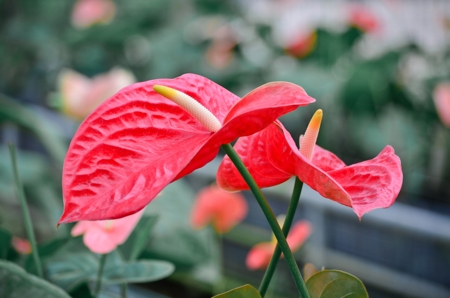 The flowers display bilateral symmetry. Only two symmetrical parts are possible along a single axis passing through the center. Bilabiate flowers display irregular corolla with upper lip made by joining two petals and lower lip by joining three. In Papilionaceous flowers, corolla is made up of five petals. One at the most superior position is known as standard while those on the two side are called wings. Keel forms the bottom-most joint.Classification Based on the PositionThe second criteria for classification of flowers is their position on the branch. Depending upon this, flowers can be classified as follows.Terminal
The flowers display bilateral symmetry. Only two symmetrical parts are possible along a single axis passing through the center. Bilabiate flowers display irregular corolla with upper lip made by joining two petals and lower lip by joining three. In Papilionaceous flowers, corolla is made up of five petals. One at the most superior position is known as standard while those on the two side are called wings. Keel forms the bottom-most joint.Classification Based on the PositionThe second criteria for classification of flowers is their position on the branch. Depending upon this, flowers can be classified as follows.Terminal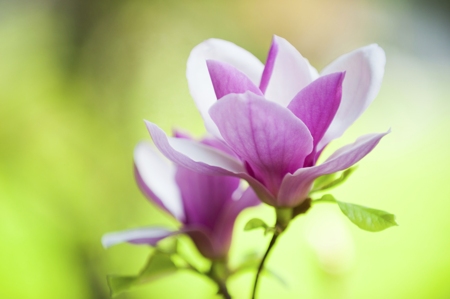 In this group, flowers or clusters of flowers arise on the ends of the axis or branches, like Magnolia grandiflora (southern magnolia) and Nerium oleander.Axillary
In this group, flowers or clusters of flowers arise on the ends of the axis or branches, like Magnolia grandiflora (southern magnolia) and Nerium oleander.Axillary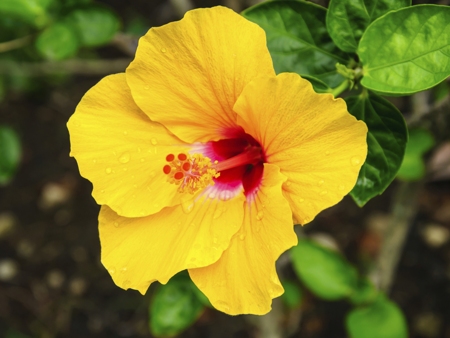 Flowers or clusters of flowers are carried at the junction of the stem or axis and the leaf, like Catharanthus roseus (periwinkle), Callicarpa americana and Hibiscus rosa-sinensisClassification based on Flower Branches, Clusters and InflorescencesFlowers can either bloom as single flowers or in a cluster. The specific arrangement of flowers in cluster is known as inflorescence.Single Flower
Flowers or clusters of flowers are carried at the junction of the stem or axis and the leaf, like Catharanthus roseus (periwinkle), Callicarpa americana and Hibiscus rosa-sinensisClassification based on Flower Branches, Clusters and InflorescencesFlowers can either bloom as single flowers or in a cluster. The specific arrangement of flowers in cluster is known as inflorescence.Single Flower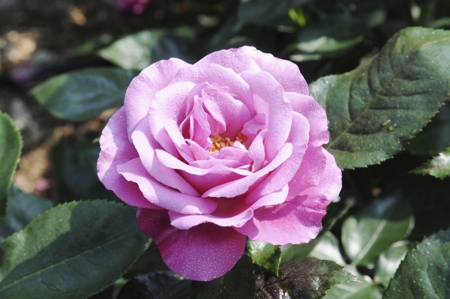 In this group, single flower present at the tip of peduncle, an elongated stalk or branch of the main axis of the plant. The examples are tulip and Magnolia grandiflora (southern magnolia).Cluster
In this group, single flower present at the tip of peduncle, an elongated stalk or branch of the main axis of the plant. The examples are tulip and Magnolia grandiflora (southern magnolia).Cluster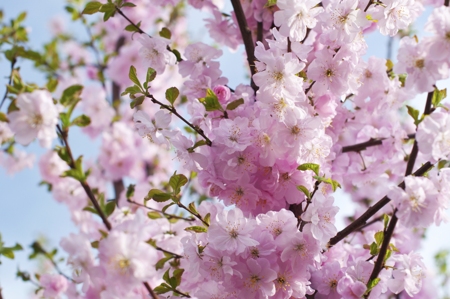 In this, three or more flowers gathered in close formation together in simple or branched manner to enhance their conspicuousness. The examples are Ligustrum japonicum (ligustrum), Pentas spp. (pentas), Mangifera indica (mango), Pyracantha coccinea (firethorn), and Dianthus barbatus (sweet William).Inflorescence
In this, three or more flowers gathered in close formation together in simple or branched manner to enhance their conspicuousness. The examples are Ligustrum japonicum (ligustrum), Pentas spp. (pentas), Mangifera indica (mango), Pyracantha coccinea (firethorn), and Dianthus barbatus (sweet William).Inflorescence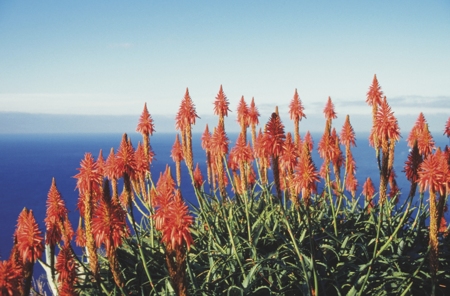 Inflorescnece is further classified into the racemose type and the cymose type. In racemose inflorescence the axis of the inflorescence continues to grow and the flowers blossom in the axes of the reduced leaves or bracts, with the oldest flower at the base and the newest flower near the growing tip. In cymose inflorescence the development of a terminal flower stops the upward growth of the floral axis. The oldest flower is borne at the tip with younger ones appearing lower on the axis.Classification Based on BlossomThe final criteria for
Inflorescnece is further classified into the racemose type and the cymose type. In racemose inflorescence the axis of the inflorescence continues to grow and the flowers blossom in the axes of the reduced leaves or bracts, with the oldest flower at the base and the newest flower near the growing tip. In cymose inflorescence the development of a terminal flower stops the upward growth of the floral axis. The oldest flower is borne at the tip with younger ones appearing lower on the axis.Classification Based on BlossomThe final criteria for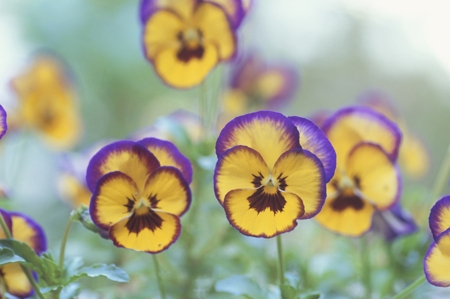 They don't blossom at all during the first growing season and die after the second.Perennials
They don't blossom at all during the first growing season and die after the second.Perennials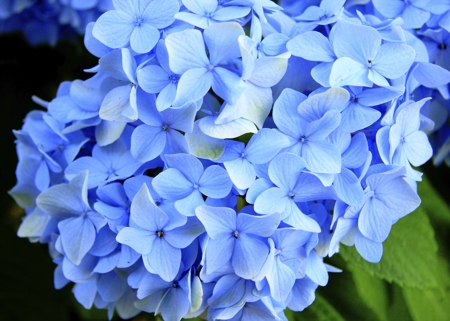 Produce brilliant flowers over a number of years. Most popular in perennial is the rose, grown in thorny bushes.Annual
Produce brilliant flowers over a number of years. Most popular in perennial is the rose, grown in thorny bushes.Annual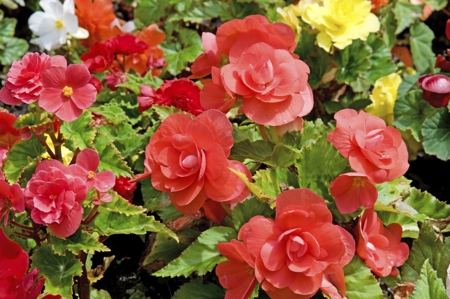 They offer a better option for a longer blooming time. Annuals come in different varieties like 'tender' annuals and 'stronger' annuals. Some annuals can endure frost or stand up to the harsh elements of weather.Whether you take time to sneak through the tulips, run with wildflowers, watch the daisies grow, laze around in the glory of morning flowers or unwind in the paradise of tropical blooms, the alluring, fragrant, and never-ending range of different types of flowers is sure to keep you invigorated and smelling like a rose for seasons to come!
They offer a better option for a longer blooming time. Annuals come in different varieties like 'tender' annuals and 'stronger' annuals. Some annuals can endure frost or stand up to the harsh elements of weather.Whether you take time to sneak through the tulips, run with wildflowers, watch the daisies grow, laze around in the glory of morning flowers or unwind in the paradise of tropical blooms, the alluring, fragrant, and never-ending range of different types of flowers is sure to keep you invigorated and smelling like a rose for seasons to come!
Copyright © www.100flowers.win Botanic Garden All Rights Reserved